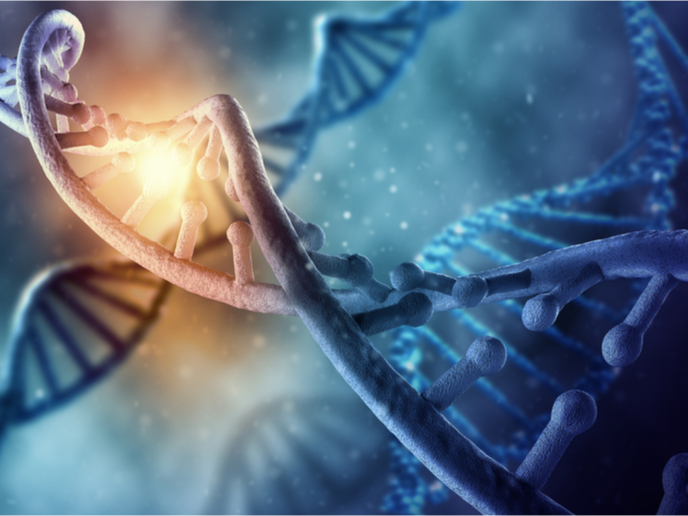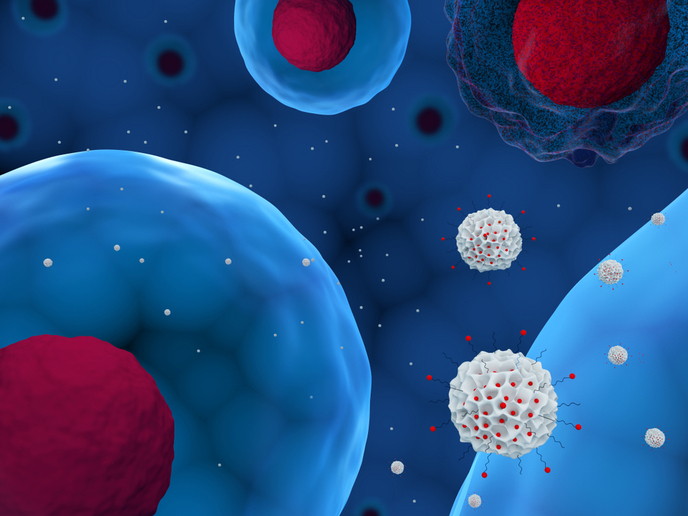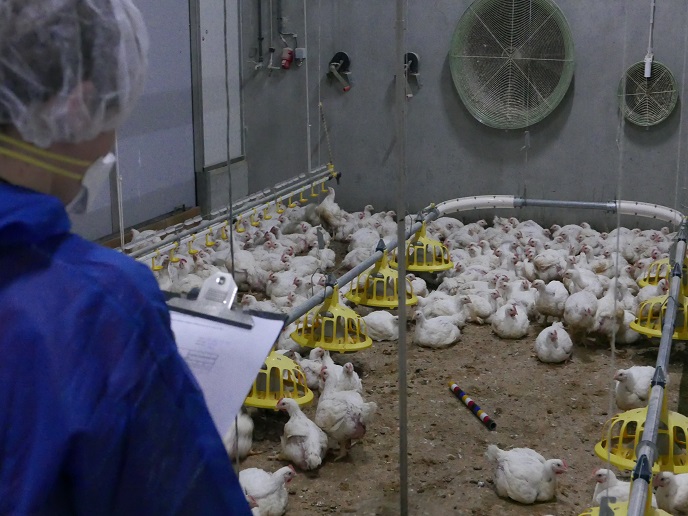Novel drug offers hope in battle against breast cancer
Triple-negative breast cancer (TNBC), which accounts for 15-20 % of all diagnosed breast cancers, has a distinctively aggressive nature, high risk of recurrence and poor prognosis. “The main reason for its lethality is the fast dissemination of cancer cells through the blood or lymph system, spreading the cancer as secondary tumours (metastases) to other parts of the body,” explains CanceRusolution project coordinator Andreia Valente from Something in Hands, a spin-off of the University of Lisbon in Portugal. “The survival rate over five years is only about 26 %.”
Tackling the metastatic potential of TNBC
A key challenge in treating TNBC is that it lacks expression of oestrogen receptors. This means there are fewer targeted treatment options. One alternative solution could be to tackle the metastatic potential of this disease, and thus its aggressiveness. This is what the EU-funded CanceRusolution project set out to do. “We developed a new metallodrug (based on ruthenium metal) to treat TNBC and its metastases,” notes Valente. “Our specific objective in this project was to demonstrate proof of concept through in vivo studies in mice.” Earlier results have underlined the antimetastatic potential of the new drug, which is encapsulated in nanoparticles. This technique helps to deliver the active compounds more efficiently, by enhancing their permeability and encouraging them to accumulate preferentially inside tumours. The EU-funded project enabled the team to take drug development one step further, through carrying out studies in mice. “We were then able to carry out pharmacokinetic studies, with a view to understanding the metabolism of our drug,” says Valente. “This was achieved by monitoring the drug’s concentration in the plasma, tumour and various organs, namely the spleen, kidneys, heart, lymph nodes, lungs, brain and liver.” The project team was also able to scale up the synthesis of the drug, a necessary step in order to move towards commercial production. This also helped the team to understand how to overcome possible contamination / side products, undetectable at the milligram scale, but more pronounced at the gram scale.
Positive pharmacokinetic study results
The in vivo drug studies were successful in demonstrating proof of concept. Only six treatments were needed in order to reduce metastases in about 30 % of affected mice. “Pharmacokinetic studies were also positive,” adds Valente. “Concentrations of the drug were maintained longer in the tumour, while decreasing in blood and urine. The drug was also found in other studied organs without causing toxicity, showing the potential to combat metastases formed there.” The project team was also able to scale up production by a factor of five, and synthesise the drug to a very high grade of purity.
A revolution in the field of chemotherapy
Valente notes that while the results are broadly positive, there is still a long way to go. “We intend to continue with safety studies, which are crucial before entering further clinical trials,” she remarks. Nonetheless, the results demonstrate there is hope in finding an effective treatment for TNBC. “We believe that our drug is effective,” says Valente. “If we find the right partners to continue on this road with us, we believe we will have a treatment that may constitute a revolution in the field of chemotherapy.”
Keywords
CanceRusolution, breast cancer, TNBC, metastases, oestrogen, metallodrug, tumours







